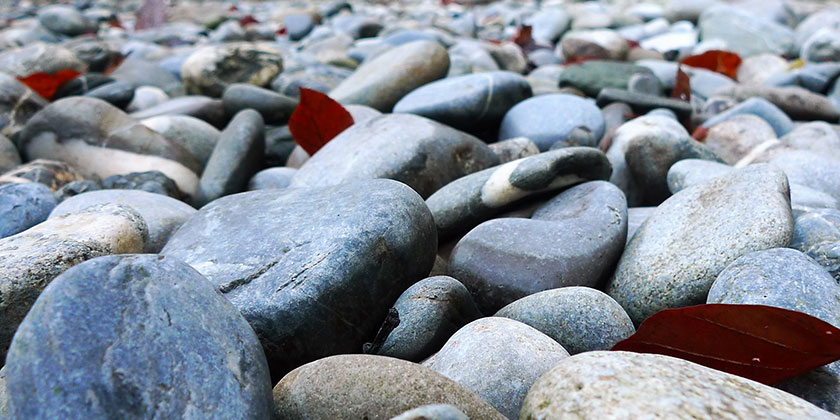Department Surface Waters - Research and Management
Riverscape – Sediment dynamics and connectivity

As spawning sites, habitat provision, and a lunch table for fish and insects – sediment particles such as gravel and sand have large ecological importance. However, in many of our streams, the input of coarse particles (bedload) has been reduced due to the construction of dams for hydropower exploitation and sediment traps for hazard prevention. Sediment-depleted rivers are often incised and therefore decoupled from their surroundings.
The “Riverscape” project is a joint initiative of the Federal Office for the Environment and researchers from two disciplines – river engineering (VAW-ETHZ, LCH-EPFL) and ecology (WSL, Eawag). The project is embedded in the long-term research program “Hydraulic engineering and ecology”. In 13 subprojects, complex interactions between sediment depletion, flood protection and biological processes are being examined within and along the river as well as the adjacent floodplain.
We address the following questions within three subprojects at Eawag:
- Lateral connectivity: Are lateral fluxes reduced under sediment depletion (e.g., nutrients, emerging insects)? How does this influence aquatic and terrestrial food webs?
- Habitat diversity: Does sediment depletion lead to a reduction in habitat diversity (e.g., availability of refugia)? How does this influence the resilience of aquatic communities to floods and / or droughts?
- Reproduction of trout: Do trout mature at larger size in rivers with larger grain sizes? How does this together with sediment regime alterations matter for their reproductive success?
An overview of the entire project can be found on our program website: www.rivermanagement.ch


